While the Allen Chapel African Methodist Episcopal Church has not been in one location for its entire lifetime, its congregation and presence in the community have been an important part of Cheyenne since it was established in 1878.
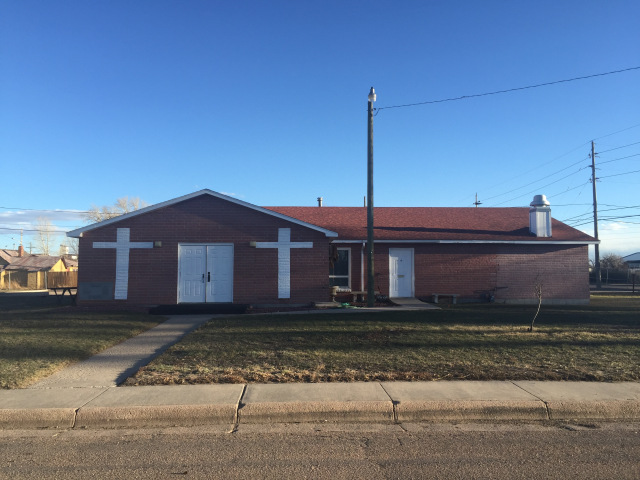

While the Allen Chapel African Methodist Episcopal Church has not been in one location for its entire lifetime, its congregation and presence in the community have been an important part of Cheyenne since it was established in 1878.
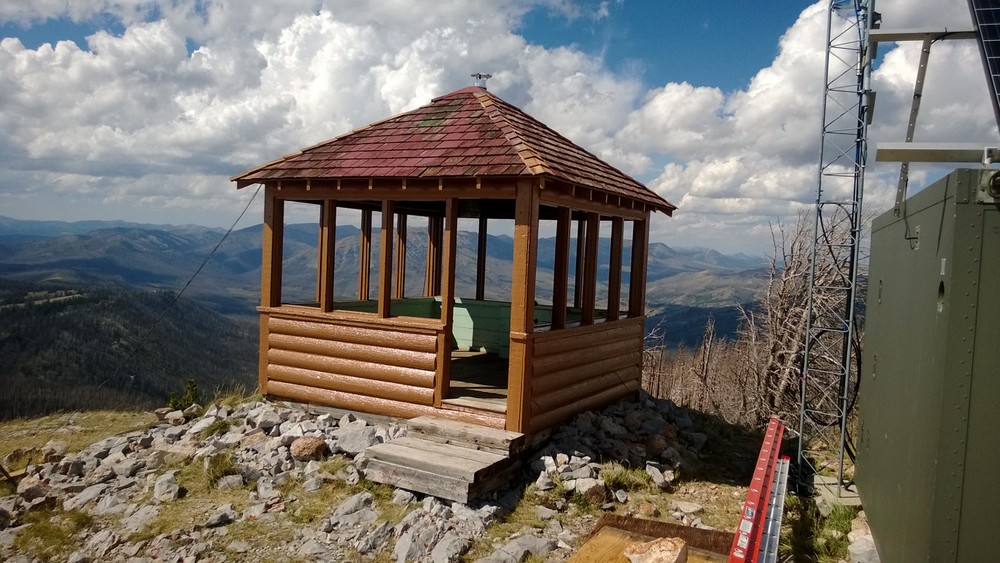
Our relationship with fire goes way back, but we are still engaged in a constant negotiation with the flame to this day. Fire lookout towers stand as beacons in the everlasting conversation between natural processes and human interests.
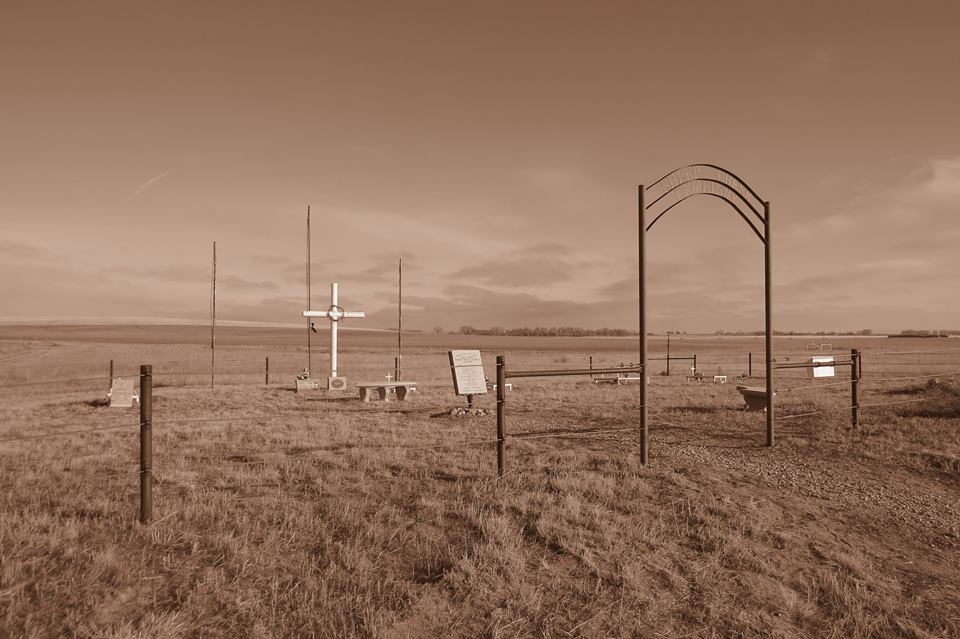
Empire was founded in 1908 by African American settlers who came from Nebraska to build a racially self-sufficient, politically autonomous community in the Equality State. Empire thrived for about a decade, but vanished from the map in the mid-1920s.

While railroad towns like Cheyenne were already developing reputations and nicknames like “Hell on Wheels,” the railroad industry was also thriving in the mountains that span the vast spaces between those towns. The early period of railroad construction throughout the west formed a strong connection between interstate commerce and transportation and what would become our nation’s national forests.
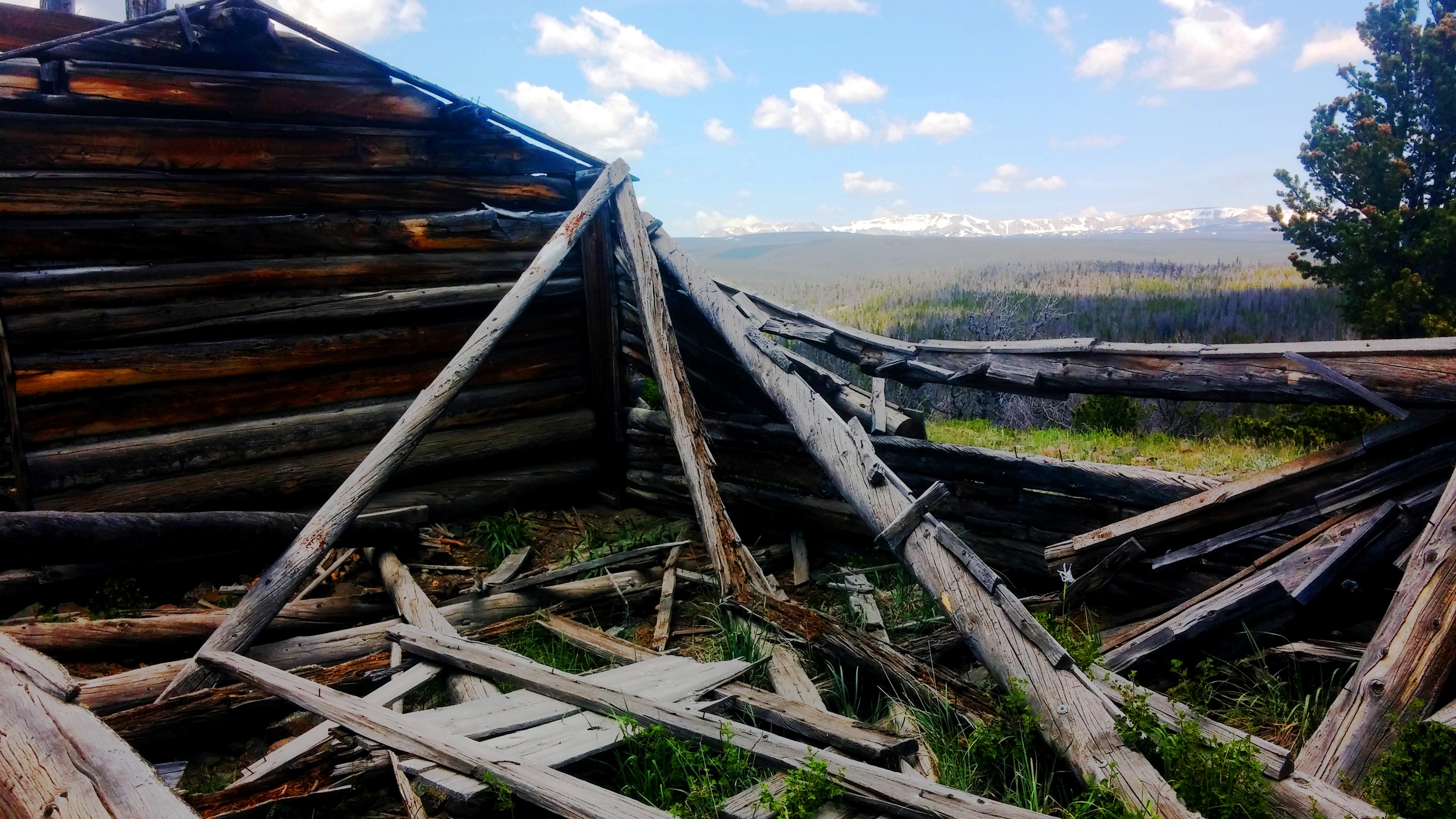
The development of the modern west was largely related to the vast open spaces that surround the towns. Many of these lands are federally owned, and contain historic resources related to homesteading, ranching and grazing, energy development, and fire suppression. The National Historic Preservation Act plays an important role in preserving these open spaces and the cultural resources that lie within them.
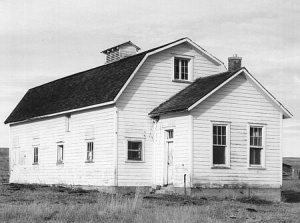
Fort McKinney, located about two miles west of Buffalo, Wyoming, was home to at least four companies of Buffalo Soldiers, all members of the Black Ninth Cavalry, making it a significant site in Western African American history.
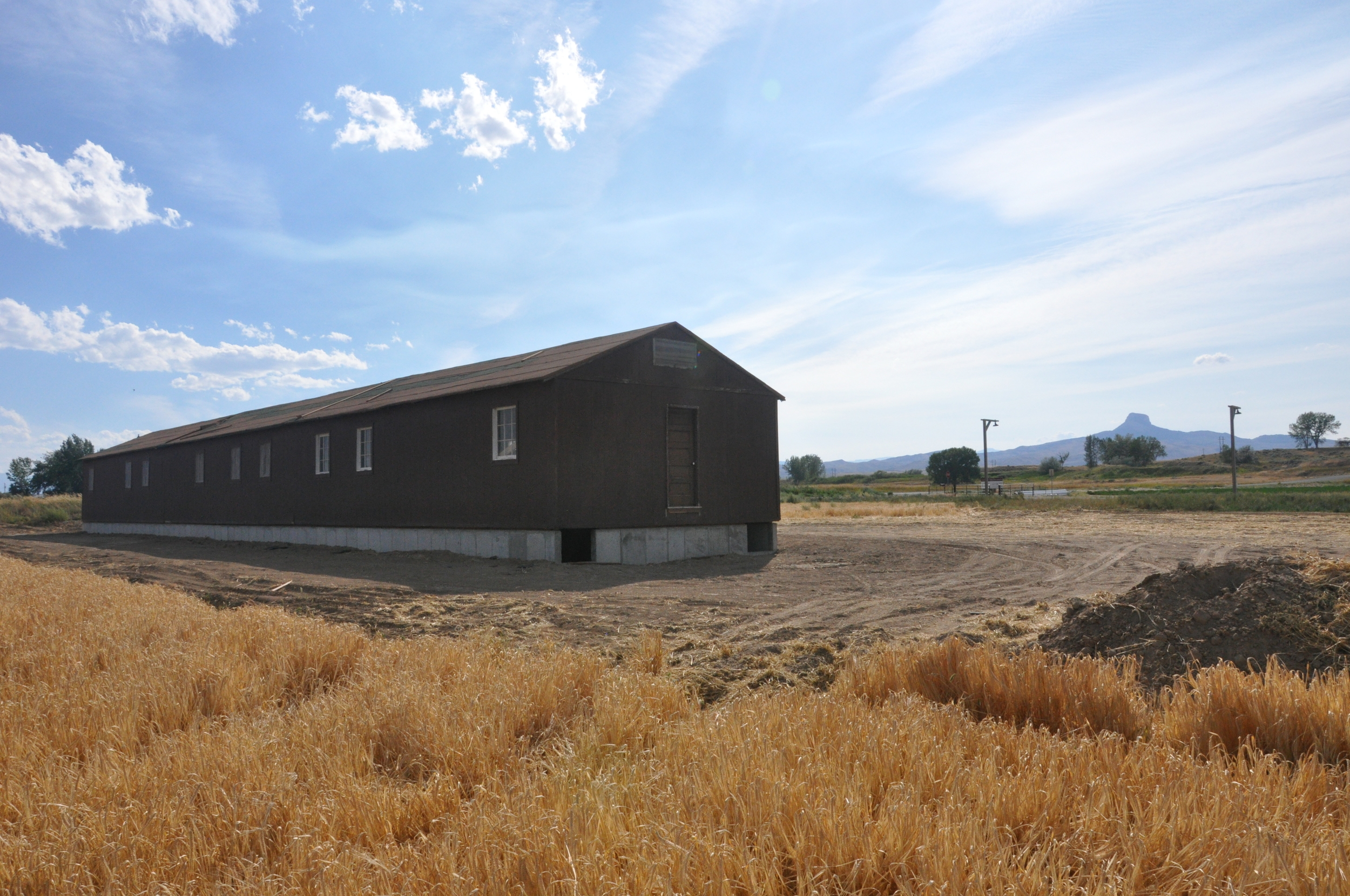
Historic preservation is always an ongoing process – it is rarely finished, and is often a community effort. Preservation at Heart Mountain wouldn’t be possible without a community of volunteers and supporters who see the value in saving such a troubling place. Their hard work will keep Heart Mountain available for people of the next generation. Read Part III of our Heart Mountain profile to learn about long term preservation at the site and how to get involved.
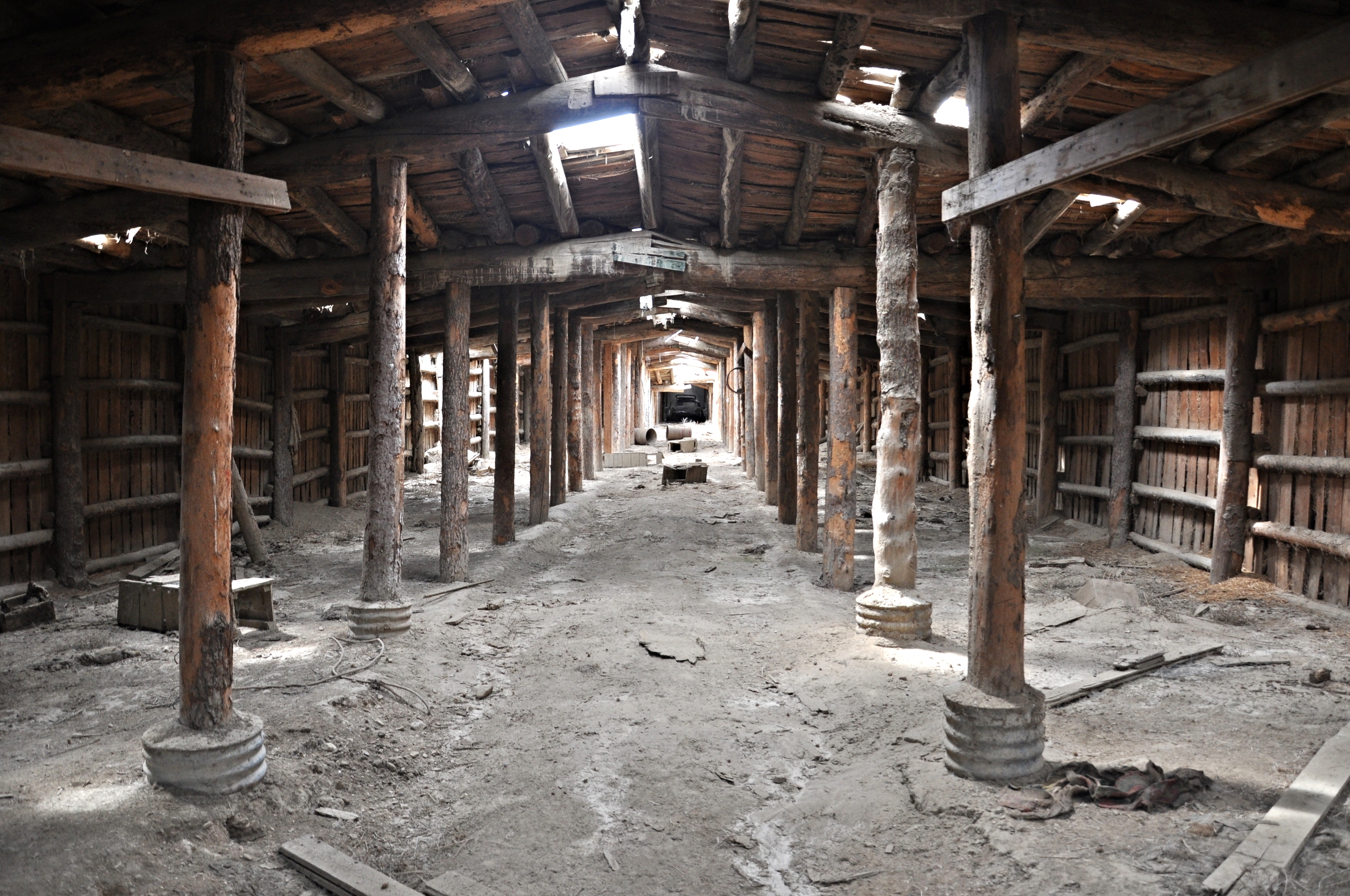
How do you preserve something when there is nothing left to preserve? The story of preservation at Heart Mountain shows that there may always be something to preserve – you just have to go find it and bring it back.
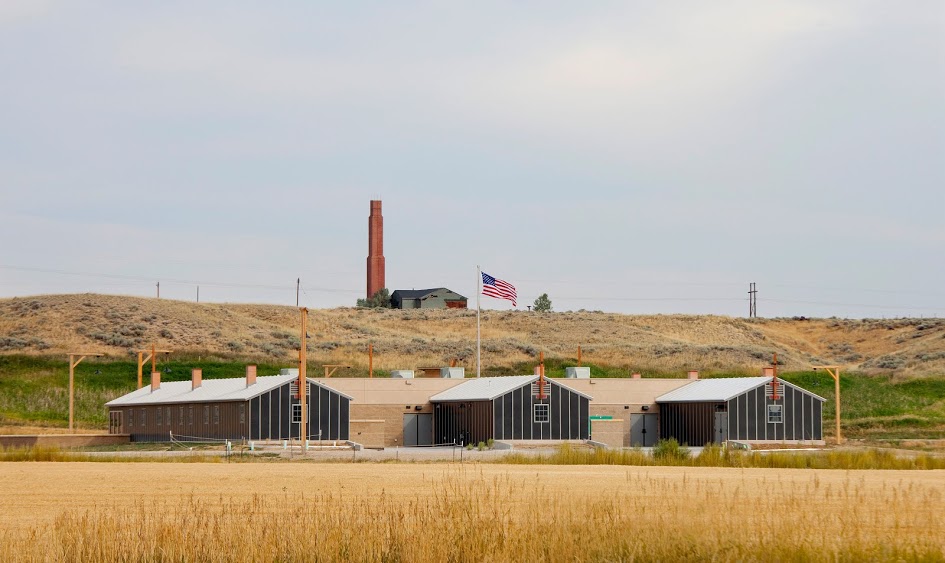
Historic preservation isn’t always about saving the prettiest buildings or the sites of triumph of the human spirit. Historic preservation is at its core about preserving sites that are important. Important sites can include both the triumphant and the embarrassing moments from our history. They all provide us with insight and direction about who we are, where we came from, and how we can create a more equitable future.
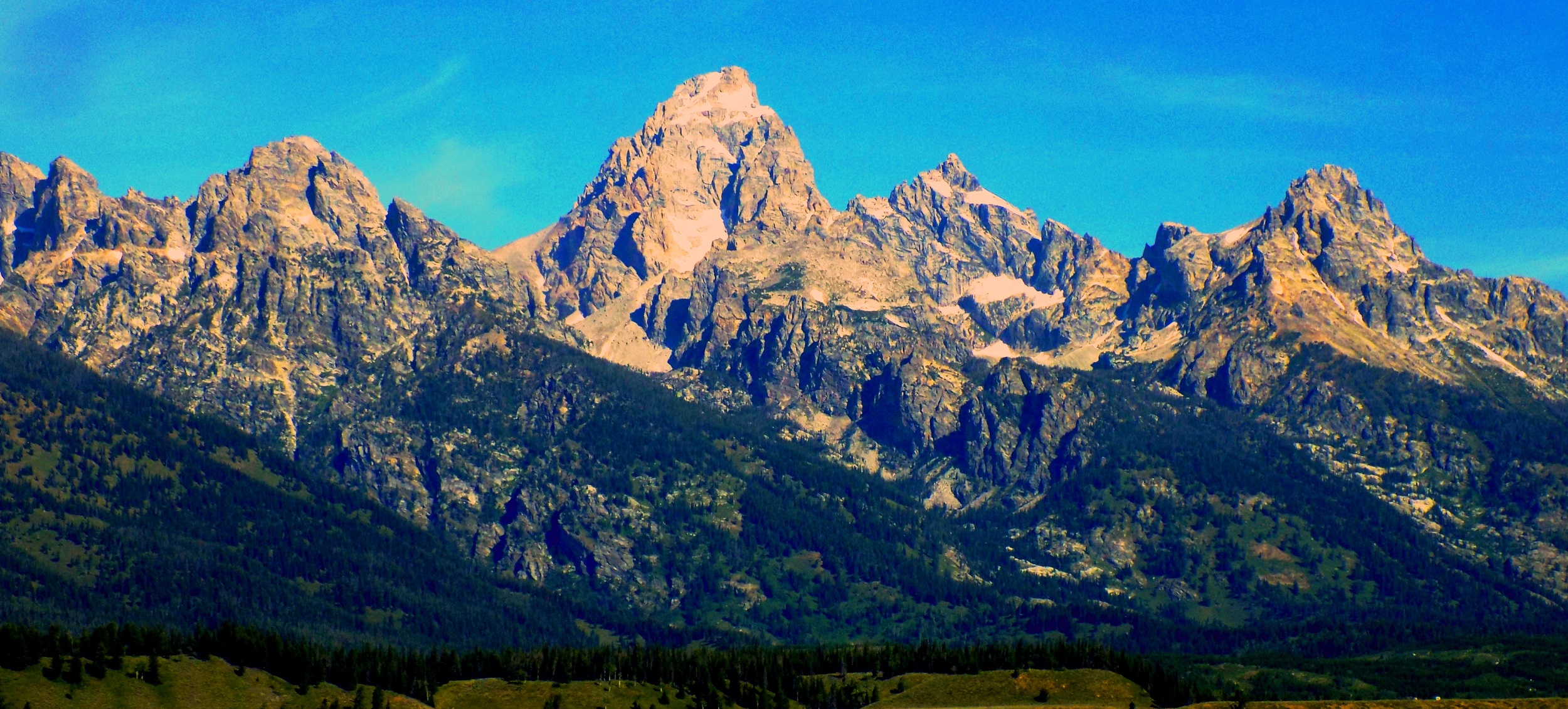
Stacy Whitman-Moore worked for two years for the Alliance for Historic Wyoming as an archaeologist in Grand Teton National Park. Read her testimony about her experience and why cultural resources matter.